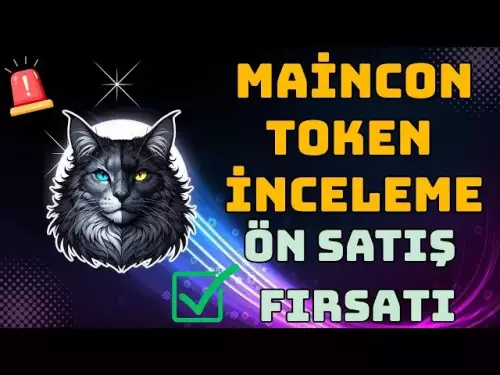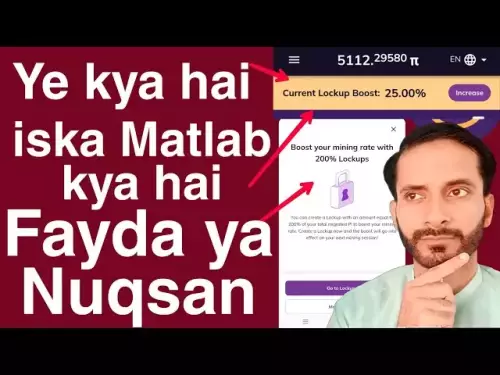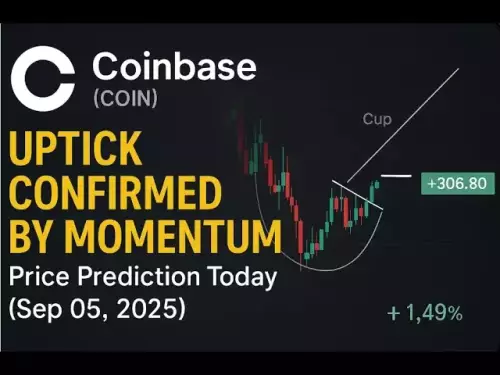-
 Bitcoin
Bitcoin $111400
1.19% -
 Ethereum
Ethereum $4330
1.06% -
 XRP
XRP $2.851
1.74% -
 Tether USDt
Tether USDt $1.000
0.00% -
 BNB
BNB $851.3
0.83% -
 Solana
Solana $205.5
0.99% -
 USDC
USDC $0.0000
0.00% -
 Dogecoin
Dogecoin $0.2167
2.37% -
 TRON
TRON $0.3325
-0.67% -
 Cardano
Cardano $0.8354
3.62% -
 Hyperliquid
Hyperliquid $46.90
5.09% -
 Chainlink
Chainlink $22.43
0.60% -
 Ethena USDe
Ethena USDe $1.001
-0.01% -
 Bitcoin Cash
Bitcoin Cash $613.8
4.60% -
 Sui
Sui $3.400
4.37% -
 Stellar
Stellar $0.3603
2.19% -
 Avalanche
Avalanche $24.45
0.44% -
 Hedera
Hedera $0.2203
3.90% -
 Cronos
Cronos $0.2672
0.45% -
 UNUS SED LEO
UNUS SED LEO $9.533
0.10% -
 Litecoin
Litecoin $113.1
2.80% -
 Toncoin
Toncoin $3.104
0.11% -
 Shiba Inu
Shiba Inu $0.00001246
3.18% -
 Polkadot
Polkadot $3.827
2.06% -
 Uniswap
Uniswap $9.436
2.42% -
 Dai
Dai $0.0000
0.01% -
 Monero
Monero $266.1
-0.66% -
 Ethena
Ethena $0.6788
4.52% -
 Aave
Aave $305.0
-0.98% -
 World Liberty Financial
World Liberty Financial $0.1830
-2.70%
How to create an NFT on Binance?
Binance allows easy NFT creation on the BNB Smart Chain with low fees, letting artists mint unique digital assets and earn royalties on secondary sales.
Sep 03, 2025 at 08:18 pm
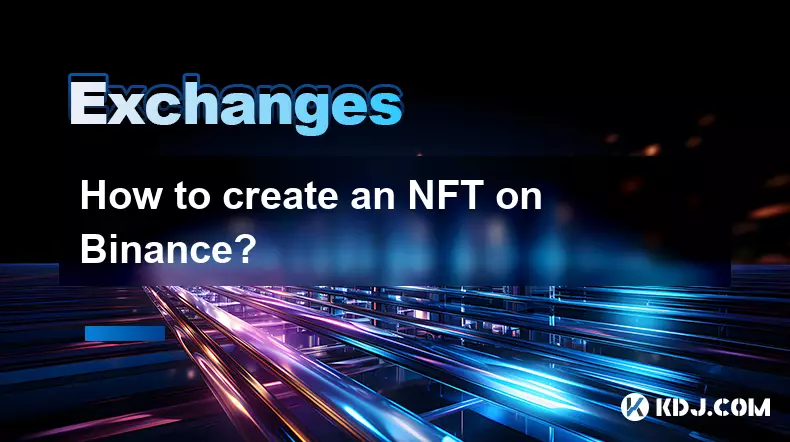
Understanding the Basics of NFT Creation on Binance
1. Binance offers a user-friendly platform for creating and managing non-fungible tokens (NFTs) through its Binance NFT Marketplace. Before diving into the creation process, users must understand that an NFT is a unique digital asset verified using blockchain technology. Each NFT contains distinguishing information recorded in smart contracts, making it different from fungible tokens like BNB or Bitcoin.
2. To begin, users need a verified Binance account. Account verification is essential to comply with anti-money laundering (AML) policies and ensures the security of transactions. Once the account is set up, navigate to the Binance NFT section, where the “Create” button is located. This initiates the minting process.
3. Supported file types include JPG, PNG, GIF, SVG, MP4, and WEBM, with size limits depending on the content type. High-resolution files are encouraged to maintain quality, but oversized files may lead to upload issues. Creators should ensure their digital artwork or media is finalized before uploading.
4. During creation, users assign a name and description to the NFT. These metadata elements are critical for discoverability and marketing. Accurate and engaging descriptions increase visibility and potential buyer interest. Misleading or incomplete information may result in lower engagement.
5. Binance uses the BNB Smart Chain for NFT minting, which significantly reduces gas fees compared to other networks like Ethereum. This makes it accessible for independent artists and small-scale creators to participate in the NFT economy without incurring high costs.
Choosing the Right Collection and Royalty Settings
1. After uploading the file, creators must decide whether to add the NFT to an existing collection or create a new one. Collections help organize NFTs thematically, allowing buyers to follow specific series or artists. A well-curated collection enhances brand identity and long-term value.
2. Binance allows creators to set royalties on secondary sales. This means every time the NFT is resold, the original creator receives a percentage of the sale price. Royalty rates typically range from 1% to 10%. Setting a reasonable rate encourages resales while ensuring fair compensation for the artist.
3. Royalty settings are permanent once the NFT is minted. It is crucial to review these parameters carefully before finalizing the creation, as they cannot be altered after deployment on the blockchain.
4. Creators can choose between minting a single NFT or multiple editions. Limited editions increase exclusivity, while open editions may appeal to broader audiences. The decision impacts pricing strategy and long-term collectability.
5. Before confirming, users should double-check all details—title, description, file, collection, and royalty settings. Errors after minting cannot be corrected, although some marketplaces allow metadata updates under specific conditions.
Publishing and Promoting Your NFT
1. Once all details are confirmed, the NFT is minted on the BNB Smart Chain. The process requires a small transaction fee paid in BNB. This fee covers network validation and storage of the token’s metadata. The minting time is usually under a minute.
2. After minting, the NFT appears in the creator’s Binance NFT portfolio. From there, it can be listed for sale immediately or held for future release. Pricing options include fixed price, auction, or not for sale (to showcase work).
3. Effective promotion increases the chances of a successful sale. Sharing the NFT link on social media, joining NFT communities, and collaborating with influencers in the crypto art space can drive visibility and engagement.
4. Binance occasionally features new or trending NFTs on its marketplace homepage. While inclusion is not guaranteed, high-quality content with strong community interaction has a better chance of being spotlighted.
5. Monitoring analytics, such as view counts and bids, helps creators understand market response. Adjusting pricing or marketing tactics based on this data can improve outcomes for future drops.
Frequently Asked Questions
Can I mint an NFT on Binance without paying any fees?No, there is a minimal minting fee paid in BNB. While Binance subsidizes part of the cost, network transaction fees still apply. These fees are significantly lower than those on other blockchains.
Is it possible to transfer my Binance-minted NFT to another blockchain?Direct cross-chain transfers are not supported. However, users can bridge their NFTs using third-party cross-chain solutions, though this process requires technical knowledge and may involve additional fees.
What happens if I lose access to my Binance account after minting an NFT?The NFT remains on the blockchain, but access depends on account recovery. It is essential to secure account credentials and enable two-factor authentication to prevent loss of assets.
Can I edit the metadata of my NFT after it’s been minted?No, metadata such as name, description, and file cannot be changed once the NFT is created. Some advanced tools allow metadata updates through on-chain governance, but Binance does not currently support this feature.
Disclaimer:info@kdj.com
The information provided is not trading advice. kdj.com does not assume any responsibility for any investments made based on the information provided in this article. Cryptocurrencies are highly volatile and it is highly recommended that you invest with caution after thorough research!
If you believe that the content used on this website infringes your copyright, please contact us immediately (info@kdj.com) and we will delete it promptly.
- Hyperliquid, USDH Stablecoin, and DeFi Growth: A New Era?
- 2025-09-06 03:50:12
- Solana's Tug-of-War: Bulls vs. Sellers – Who's Winning?
- 2025-09-06 02:45:16
- Crypto Tokens, SEC Regulation, and Market Explosion: Navigating the Web3 Revolution
- 2025-09-06 02:45:16
- Crypto Coins in 2025: Spotting the Next Big Investment
- 2025-09-06 03:05:15
- Altcoins: Profit Potential or High-Risk Gamble?
- 2025-09-06 03:05:15
- Ethereum Price, PEPE Coin, and Layer 2s: What's the Hype?
- 2025-09-06 03:16:35
Related knowledge
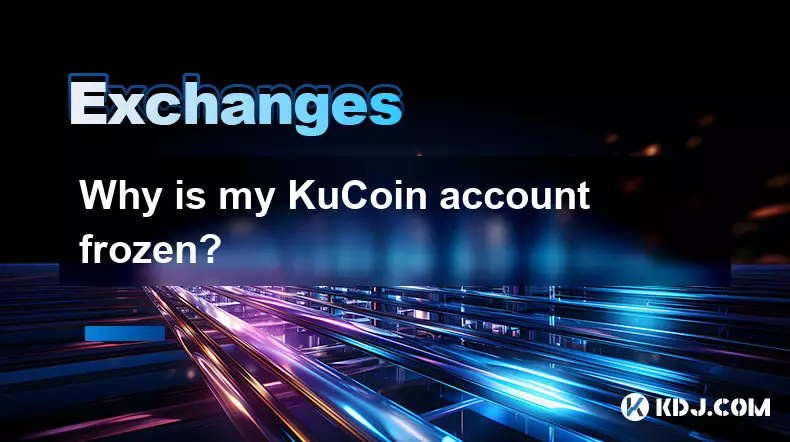
Why is my KuCoin account frozen?
Sep 05,2025 at 06:55pm
Common Reasons for a Frozen KuCoin Account1. Unverified identity information. KuCoin requires users to complete KYC (Know Your Customer) procedures to...
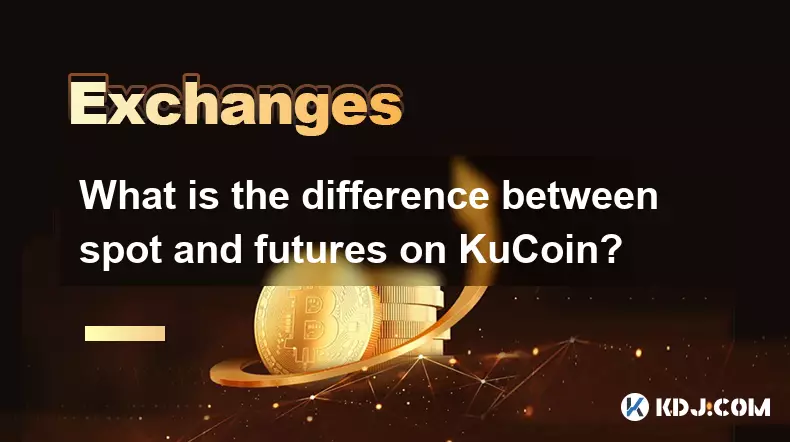
What is the difference between spot and futures on KuCoin?
Sep 06,2025 at 04:01am
Understanding Spot Trading on KuCoin1. Spot trading involves the direct purchase or sale of cryptocurrencies at the current market price. When a user ...
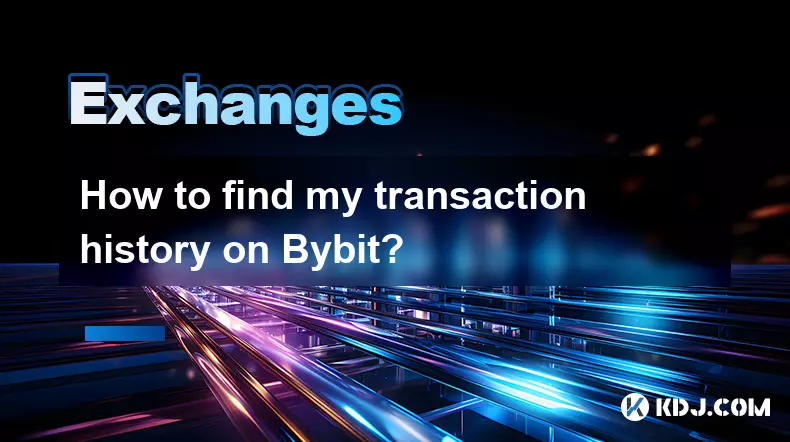
How to find my transaction history on Bybit?
Sep 05,2025 at 03:19pm
Accessing Your Transaction History on Bybit1. Log in to your Bybit account through the official website or mobile application. Ensure you are using a ...
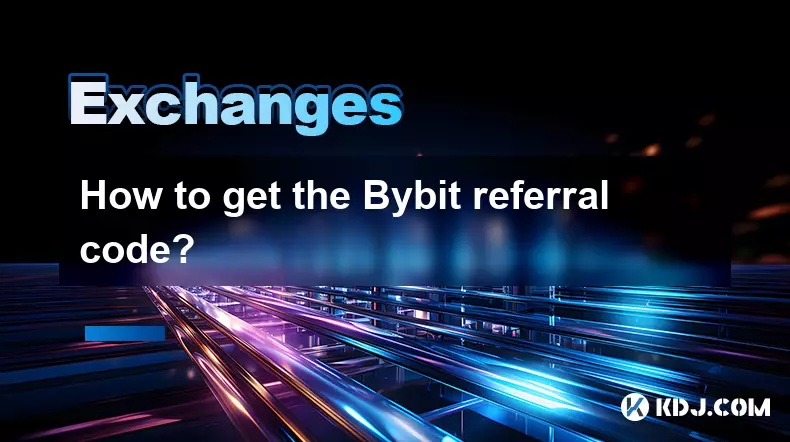
How to get the Bybit referral code?
Sep 05,2025 at 07:01pm
How to Obtain a Bybit Referral Code1. Visit the official Bybit website and log in to your account. If you don’t have an account, complete the registra...

What are Bybit maker and taker fees?
Sep 05,2025 at 11:00am
Understanding the Volatility of Cryptocurrency Markets1. Cryptocurrency markets are known for their extreme price swings, often influenced by speculat...
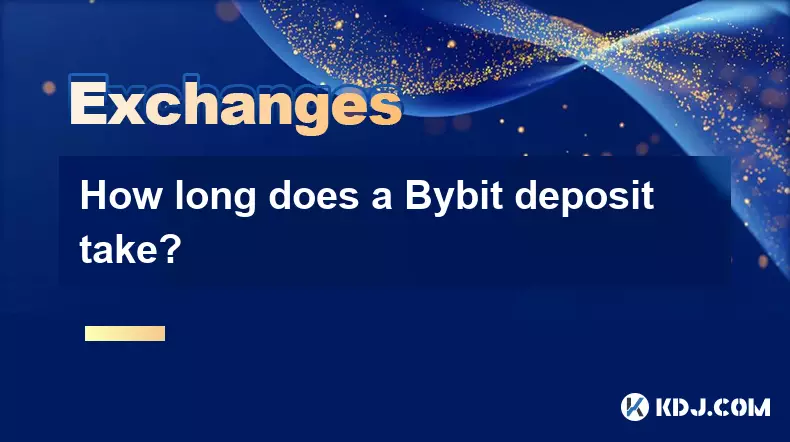
How long does a Bybit deposit take?
Sep 05,2025 at 03:36pm
The Evolution of Decentralized Exchanges in the Crypto Ecosystem1. Decentralized exchanges (DEXs) have reshaped how users interact with digital assets...

Why is my KuCoin account frozen?
Sep 05,2025 at 06:55pm
Common Reasons for a Frozen KuCoin Account1. Unverified identity information. KuCoin requires users to complete KYC (Know Your Customer) procedures to...

What is the difference between spot and futures on KuCoin?
Sep 06,2025 at 04:01am
Understanding Spot Trading on KuCoin1. Spot trading involves the direct purchase or sale of cryptocurrencies at the current market price. When a user ...

How to find my transaction history on Bybit?
Sep 05,2025 at 03:19pm
Accessing Your Transaction History on Bybit1. Log in to your Bybit account through the official website or mobile application. Ensure you are using a ...

How to get the Bybit referral code?
Sep 05,2025 at 07:01pm
How to Obtain a Bybit Referral Code1. Visit the official Bybit website and log in to your account. If you don’t have an account, complete the registra...

What are Bybit maker and taker fees?
Sep 05,2025 at 11:00am
Understanding the Volatility of Cryptocurrency Markets1. Cryptocurrency markets are known for their extreme price swings, often influenced by speculat...

How long does a Bybit deposit take?
Sep 05,2025 at 03:36pm
The Evolution of Decentralized Exchanges in the Crypto Ecosystem1. Decentralized exchanges (DEXs) have reshaped how users interact with digital assets...
See all articles





















